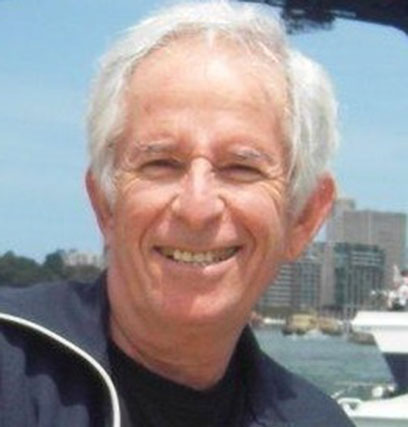
Primary organizer and tour leader for RING OF FIRE EXPEDITIONS, he has spent more than 50 years leading solar eclipse and Northern Lights expeditions around the world.
Formerly worked at the NASA Johnson Space Center supporting Apollo, Skylab, Shuttle, and International Space Station programs for the Mission Operations Directorate. He holds degrees in astronomy and mathematics, physical science and business and designed RING OF FIRE EXPEDITIONS as a public outreach arm of the NASA Johnson Space Center Astronomical Society in Houston, Texas USA.
He has conducted numerous science and personal expeditions overseas and continues to design new ones each year.
His specialty is observing occultations of stars by asteroids and space debris tracking; hobbies include running and visiting active volcanoes.
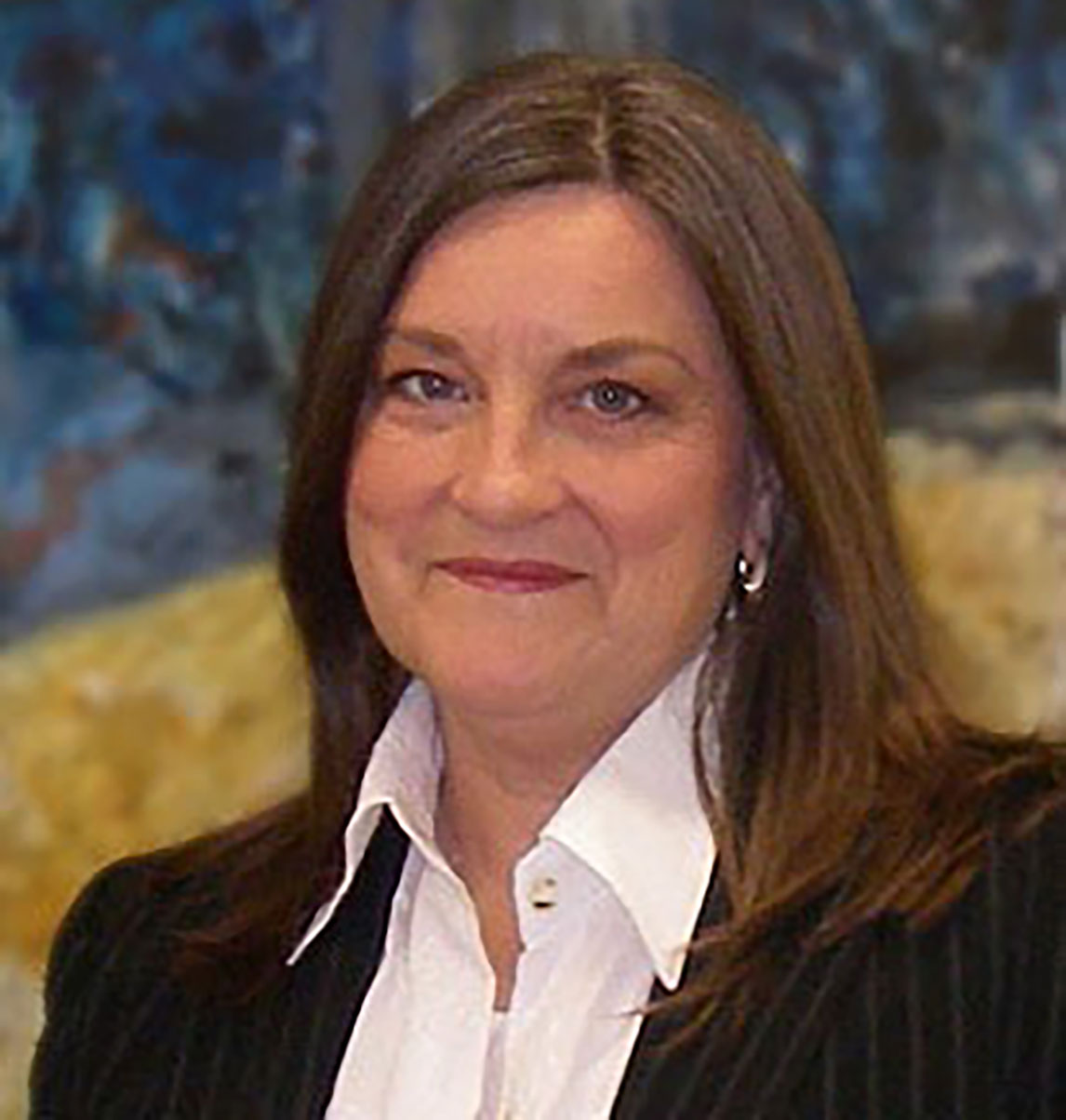
Professor Patricia H. Reiff is a Professor in the Department of Physics and Astronomy and was the founding Director of the Rice University Space Institute in Houston.
Her research focuses on space plasma physics, mostly in the area of magnetospheric physics: “space weather”. Her research includes study of the aurora borealis, solar wind-magnetosphere coupling (including solar wind control of magnetospheric and ionospheric convection), and magnetosphere-ionosphere coupling.
Pat is a veteran of 14 total and 2 annular solar eclipse expeditions. She is also co-developer of the “Discovery Dome” planetarium system, with more than 300 installations around the world. http://www.discoverydome.com
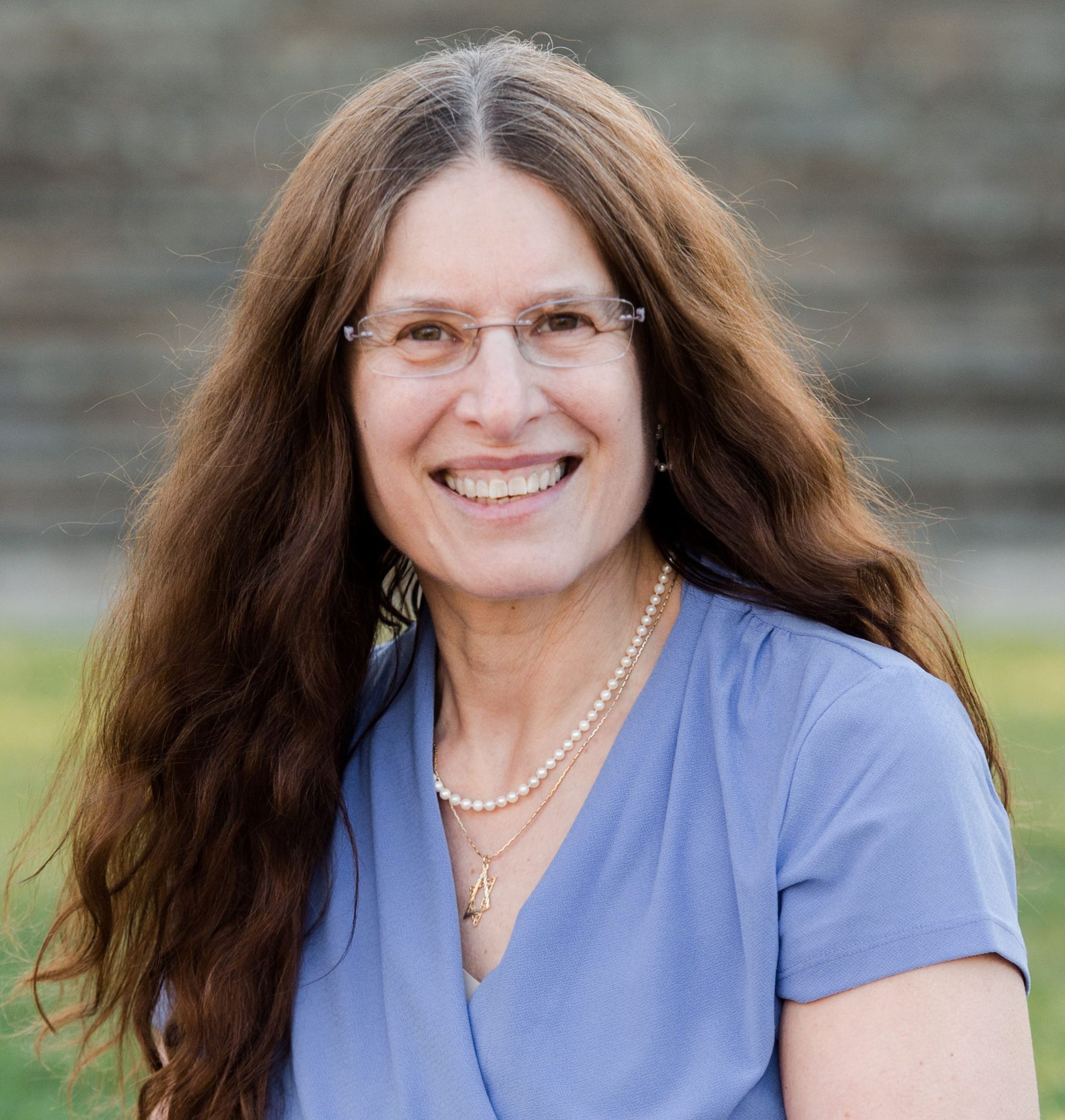
Dr. Tamara Shapiro Ledley is a STEM education expert specializing in Earth and climate science, a member of the Board of Directors of the Blue Hill Observatory and Science Center, Subject to Climate, and ClimateGlobe, a member of the Leadership Board of the Climate Literacy and Energy Awareness Network (CLEAN), a member of the Board of Advisors of the Museum of Science Boston, and an adjunct Professor at Bentley University. She was chair of the Center for STEM Teaching and Learning at TERC, president of the Earth Science Information Partners in 2020, a 2017 Harvard Advanced Leadership Initiative Fellow, and received the American Geophysical Union’s Excellence in Earth and Space Science Education in 2013.
She has a PhD in atmosphere science and a BS in astronomy. She has facilitated over 70 Climate Solutions Workshops with the En-ROADS model. She has viewed and photographed 10 total solar eclipses and 2 annular eclipses and has provided numerous talks on how to view and photograph them safely.
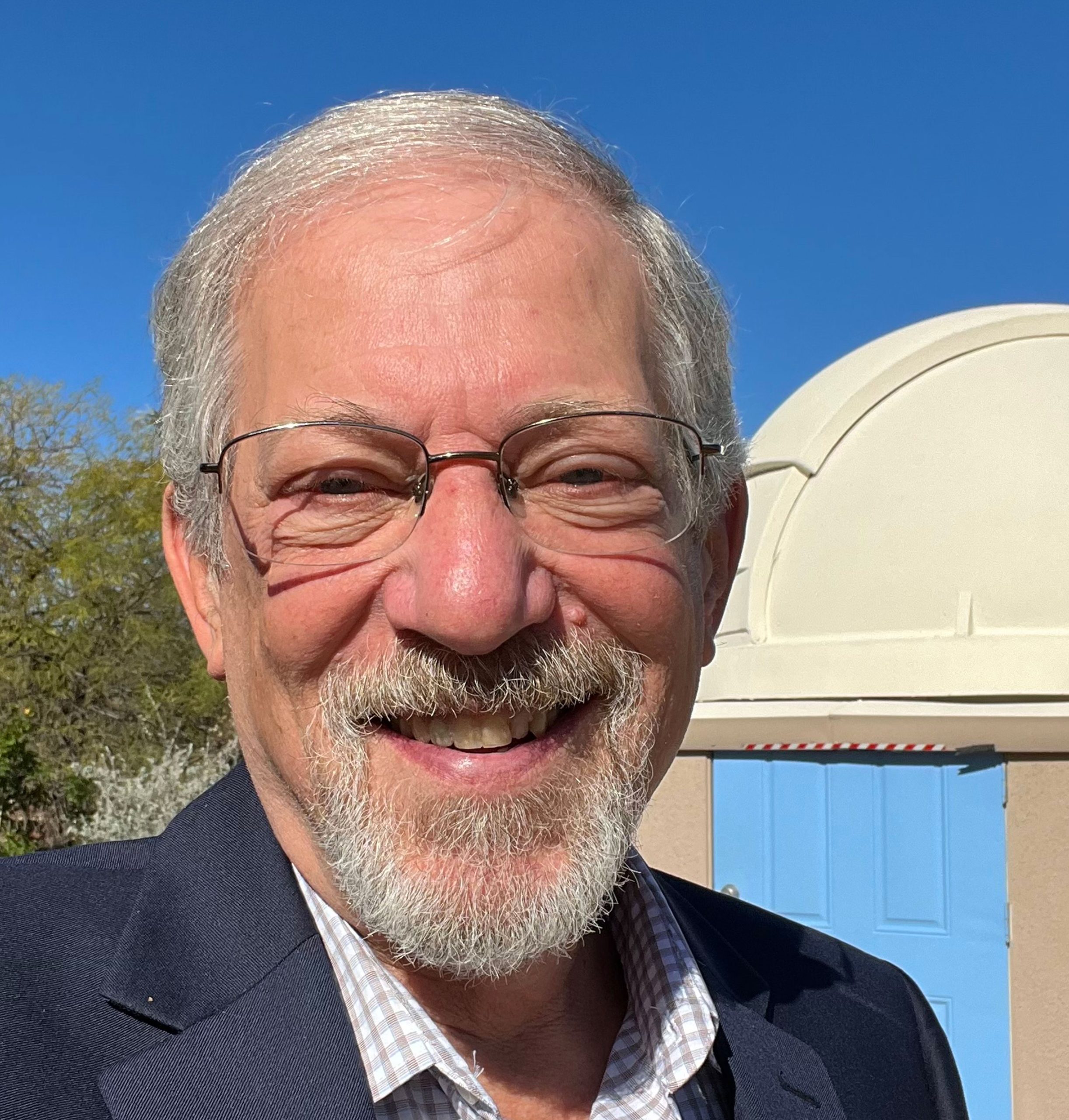
Ted Blank has been a NASA Solar System Ambassador since 2010, communicating the science and excitement of NASA’s space exploration missions and discoveries to people in his community and on cruise ships. He is a past President of the New Hampshire Astronomical Society and a sought-after speaker, enjoying sharing his knowledge on any topic related to astronomy and the solar system. Ted bought his first telescope in 2007 and still frequently sets it up on the sidewalk to share the views with the public. He was co-leader of the 2017 Great American Eclipse expedition to Nebraska and has witnessed one other solar eclipse.
Ted is a retired IT professional, having spent more than 35 years as a performance analyst with IBM and Oracle. He currently lives in Fountain Hills, Arizona with his wife Peggy. He is a member of the board of the Fountain Hills Dark Sky Association and Vice President of the International Dark Sky Discovery Center
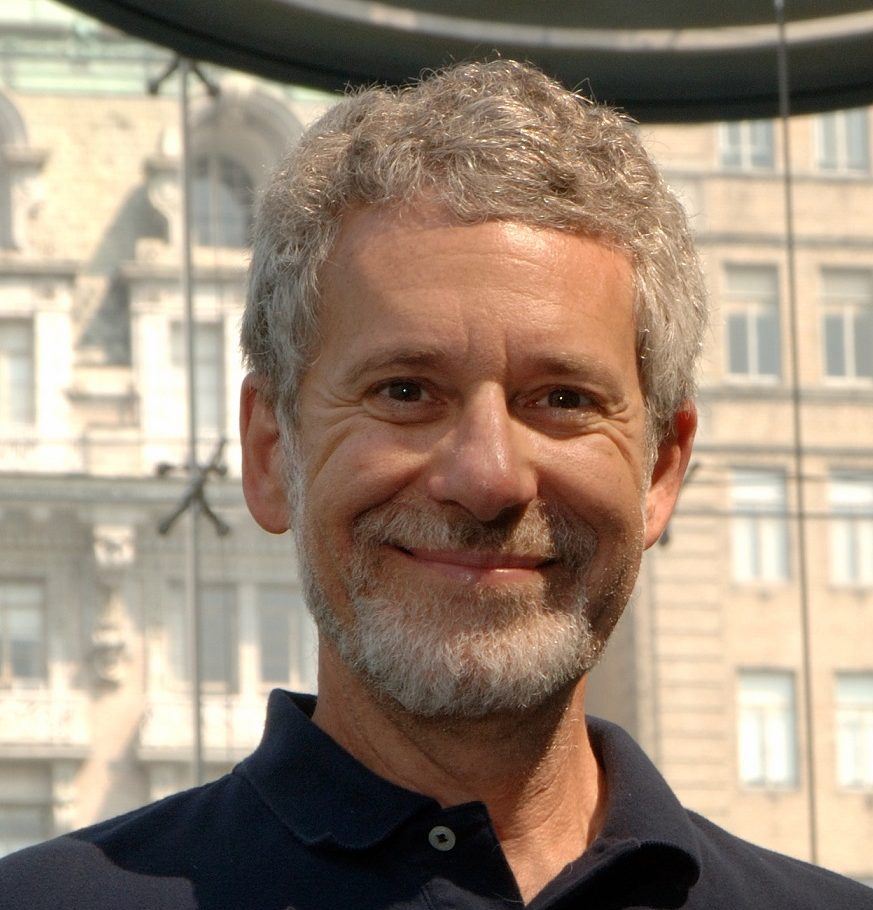
Dr. Michael Shara is currently Curator, Department of Astrophysics, Division of Physical Sciences of the American Museum of Natural History. Prior to joining the Museum in 1999, Michael Shara was with the Space Telescope Science Institute at Johns Hopkins for 17 years, where he was responsible for the peer review committees for the Hubble Space Telescope.
He has been both visiting and adjunct professor at Columbia University; associate astronomer and astronomer with tenure at Space Telescope Science Institute; visiting assistant in the Department of Physics at Arizona State University; and National Research Council of Canada Postdoctoral Fellow in the Department of Physics at the University of Montreal. Dr. Shara’s research interests include the structure and evolution of novae and supernovae; collisions between stars and the remnant descendants of those collisions; and the populations of stars inhabiting star clusters and galaxies.
He has served on the National Science Foundation Compact Stars Review Panel, Infrared Processing and Analysis Center User’s Committee, Cerro Tololo InterAmerican Observatory User’s Committee, and NASA/IPAC Extragalactic Database Project Advisory Committee, among others. He is a veteran of 5 solar eclipses.
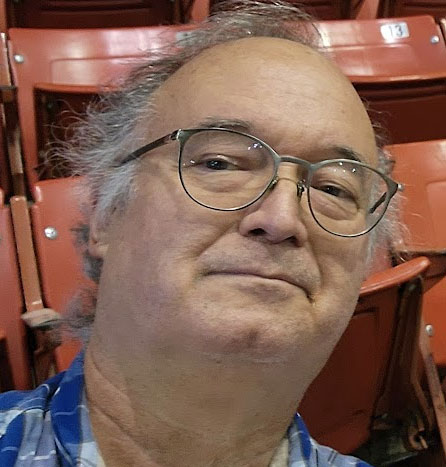
Dr. David Havilland has spent nearly 40 years in the biomedical research field of immunology and autoimmunity. He has worked for the last 10 years at the Methodist Research Institute in Houston, Texas assisting researchers in their investigations of cancer, stem cell, biomarker, and immunological studies. He has published articles, book chapters, been a reviewer for a number of scientific journals and has participated and helped organize international workshops.
He got started in astronomy in 1998, joined the Johnson Space Center Astronomical Society (JSCAS) in 1999 and has always had an interest in space flight and the moon.
He and his wife Connie helped organize and run the Houston Astronomy Day, held positions in both JSCAS and the Fort Bend Astronomy Club (FBAC), co-lead an eclipse tour with Paul Maley in 2017 at Grand Island, Nebraska, and helped Paul with the 2018 Pluto occultation of a 12.9 magnitude star. He and Connie have both obtained the Outreach, Stellar, and Master outreach awards offered by the Astronomical League, participate in both JSCAS and FBAC outreach as well as help staffing the C14 telescope at the George Observatory.
His astronomical interests are broad but galaxies and nebulas are high on the list only behind observing and high-resolution photography of the moon.
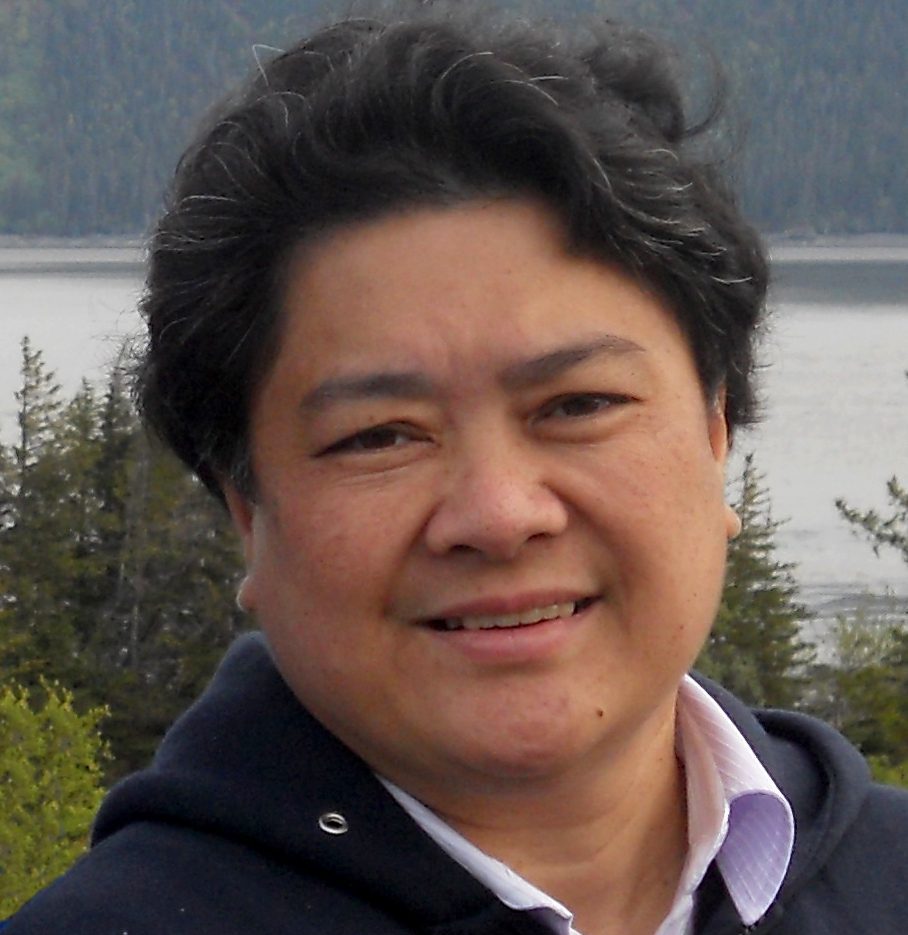
Imelda B. Joson and Edwin L. Aguirre are former Editors of Sky & Telescope. Imelda was the magazine’s Image Archivist and Photo Editor for 11 years, while Edwin was an S&T Associate Editor for 12 years.
Imelda and Edwin are both veteran eclipse chasers and astrophotographers, with a total of 12 solar eclipse expeditions under their belts (10 totals and 2 annulars), plus about 11 partial solar eclipse observations (please see the list below). They are also experienced tour leaders and expert eclipse photographers/lecturers, and they have successfully led a total of eight commercial tours. Their eclipse-chasing adventures have brought them to distant places such as Indonesia, Baja California, Turkey, Zambia, Egypt, China, French Polynesia, and the Caribbean Sea (aboard a cruise ship) to observe and photograph the Sun’s spectacular corona.
Imelda and Edwin have written numerous articles on astronomy and astrophotography, which were published in print magazines and online news websites such as Sky & Telescope, Astronomy and Space.com.
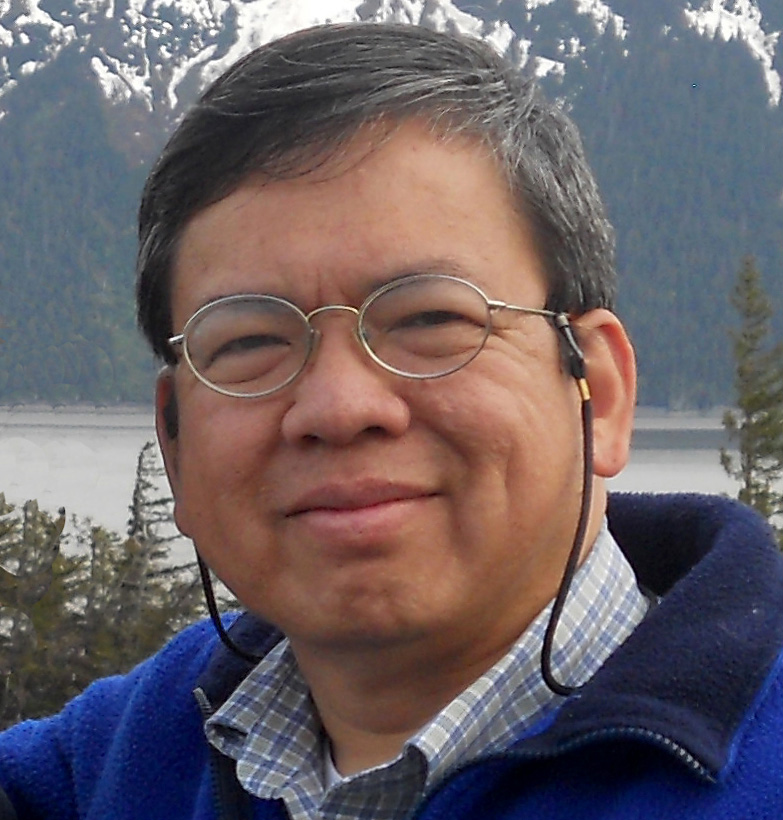
Their photos have been featured on book covers for Cambridge University Press and in various news outlets such as Spaceweather.com, New York Times, Parade, Boston Globe, Lowell Sun, USA Today, NBC News, CBS News, Fox News, Yahoo! News, LiveScience.com, ScientificAmerican.com, and the Christian Science Monitor, as well as on New England Cable News (NECN), WCVB News Center 5 Boston, and other area TV news stations.
In 1985, Imelda and Edwin co-authored a 317-page reference book on Halley’s Comet, which was published by the National Research Council of the Philippines (NRCP). It was the first book on astronomy ever written by Filipino authors.
Imelda and Edwin also proposed and designed two sets of postage stamps that were issued by the Philippine Postal Service — to commemorate the appearance of Halley’s Comet in 1986, as well as the March 1988 total solar eclipse, which was visible from the southern Philippine Island of Mindanao (General Santos City, South Cotabato).
Click Here to read more about their extensive career.
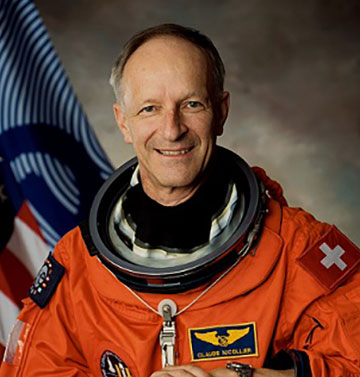
A former ESA astronaut and veteran of four Space Shuttle missions, Claude has logged more than 1,000 hours in space including 1 spacewalk to install new instruments on the Hubble Space Telescope in December 1999.
He served on STS-46 in 1992, STS-61 in 1993, STS-75 in 1996, and STS-103 in 1999. He is the recipient of the NASA Distinguished Service Medal and four NASA Space Flight Medals.
Education includes degrees in physics and astrophysics, and a three decades part time tour of duty as a pilot in the Swiss Air Force.
He enjoys mountain climbing, flying, and photography.
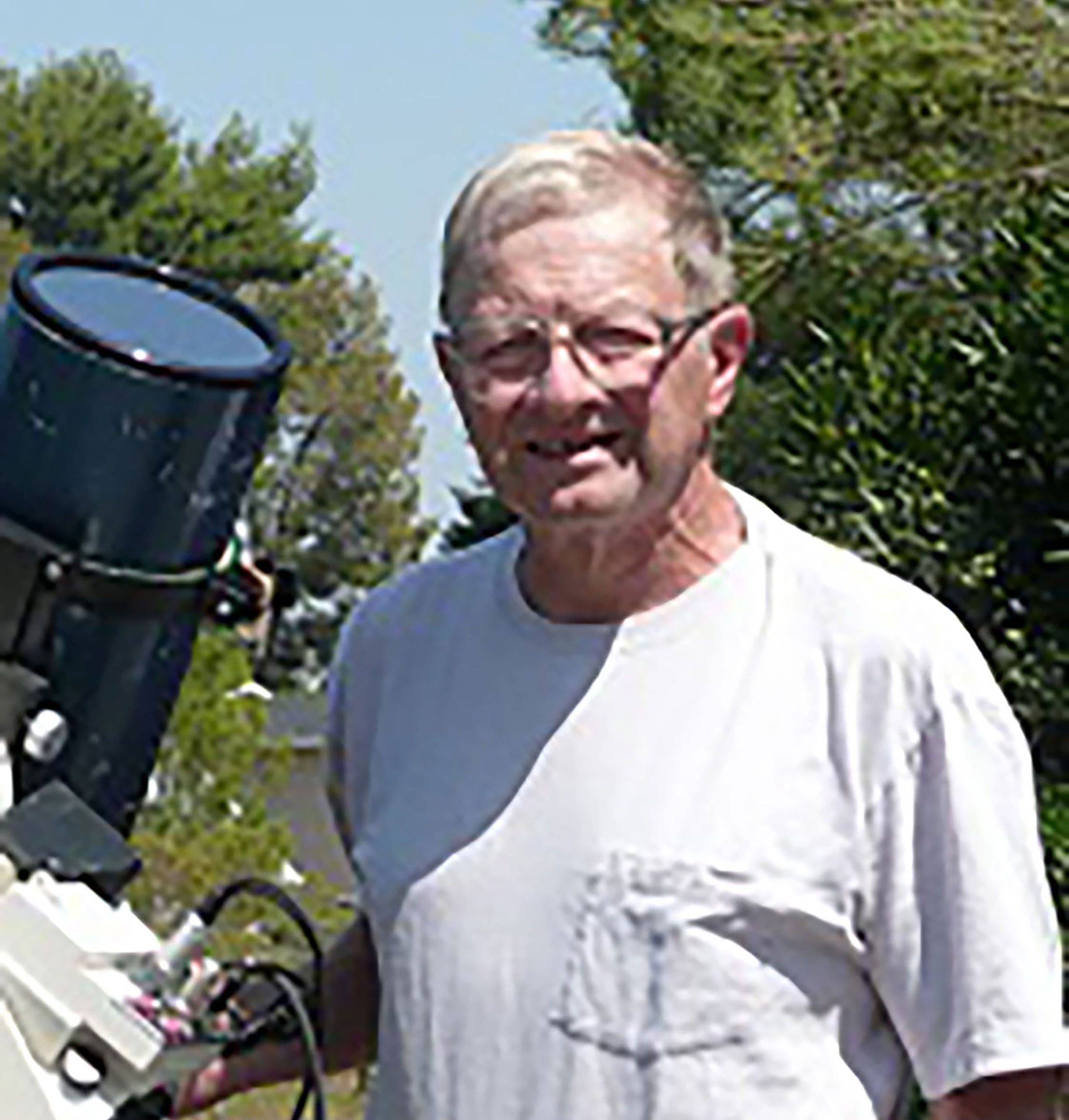
Since 1963, Dr. Guertin has been viewing and photographing total eclipses of the sun, having been clouded out in only 5 of 24 eclipse expeditions (20 total, 4 annular). More than 200 of Jacques’s high-resolution photographs of the chromosphere, prominences, and inner corona have been published in magazines such as Astronomy and Sky &Telescope. Jacques has also organized and led groups to difficult eclipse locations such as deep in the middle of Borneo (1988) and the Sahara (Niger, 2006), and Atka (Aleutian Island, 1990).
Besides eclipses, Jacques has extensive experience in nature photography, and in-depth knowledge of cameras, lenses, and telescopes. Jacques provides suggestions on how to photograph various features of a total solar eclipse using a digital camera as well as a traditional camera using photographic film.
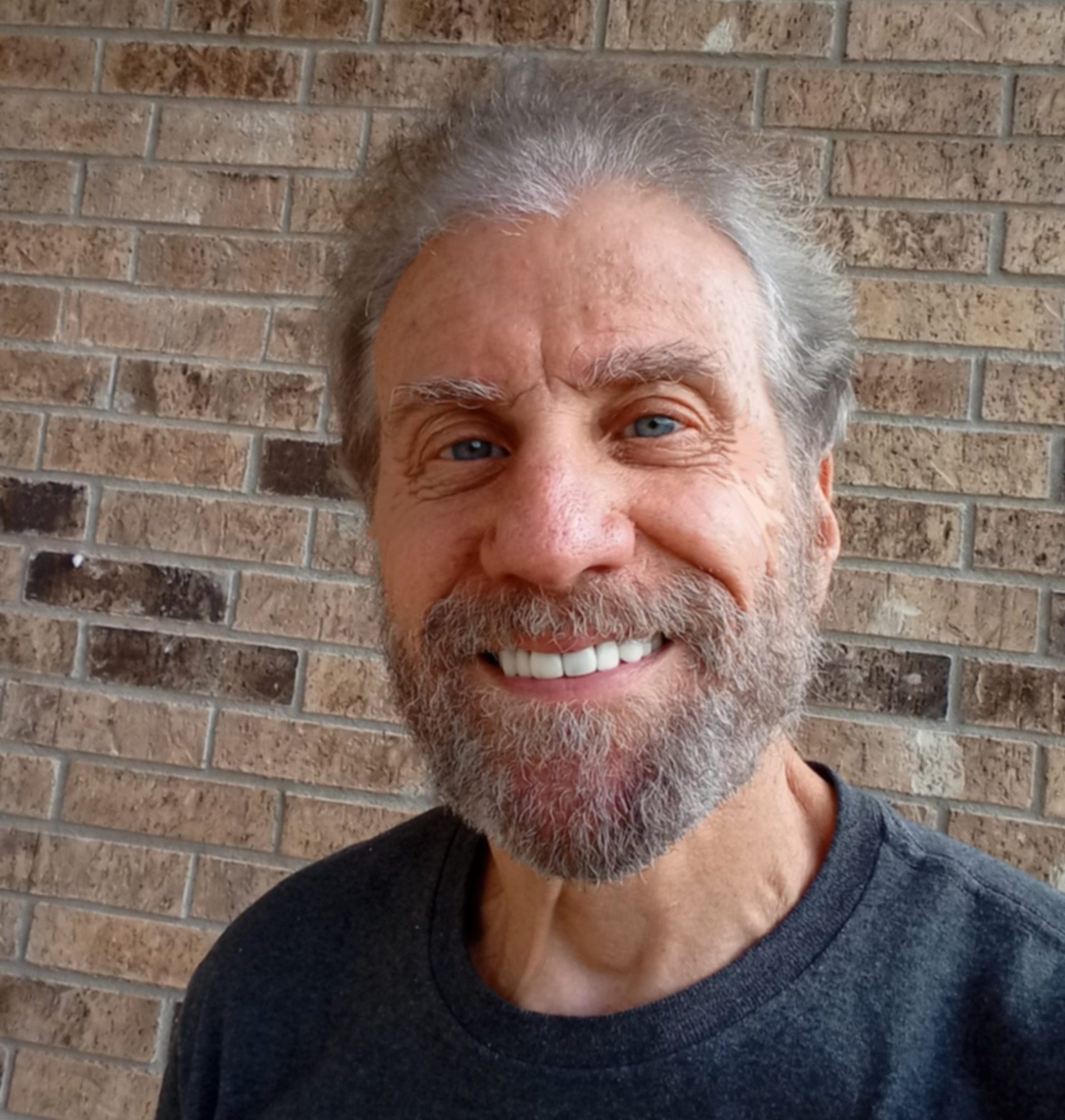
Richard Nugent holds graduate degrees in astronomy from the University of South Florida. He worked at NASA’s Lyndon B. Johnson Space Center in Houston analyzing imagery from the LANDSAT satellites. He was also in the Space Shuttle program’s GNC (Guidance, Navigation and Control) division performing critical real time calculations of orbits and rendezvous maneuvers including instrument pointing to celestial objects. Richard has traveled with Paul Maley to 27 solar eclipses, both total and annular, many in support of the International Occultation Timing Association’s (IOTA) long term study on solar radius variations. He is the long time Executive Secretary of IOTA and the editor of IOTA’s book “Chasing The Shadow: The IOTA Occultation Observer’s Manual.”
Richard is a sought after speaker for astronomy clubs, star parties and organizations. He’s also a researcher on double and binary star systems, making measurements on them from his personal observatory located in Ft. Davis, Texas.